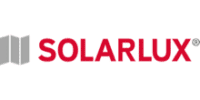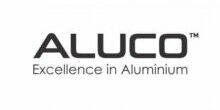What are Passivhaus windows? Passivhaus can refer to any glazed product. This includes casement windows, doors, screens, curtain walling and sliding doors. Passivhaus Windows address the fact that all glazed windows or doors in a building lose and gain more heat than other parts of a property. If a building is well insulated elsewhere, windows can be a significant source of heat loss. This is where Passivhaus windows come in.
How are Passivhaus Windows so energy efficient?
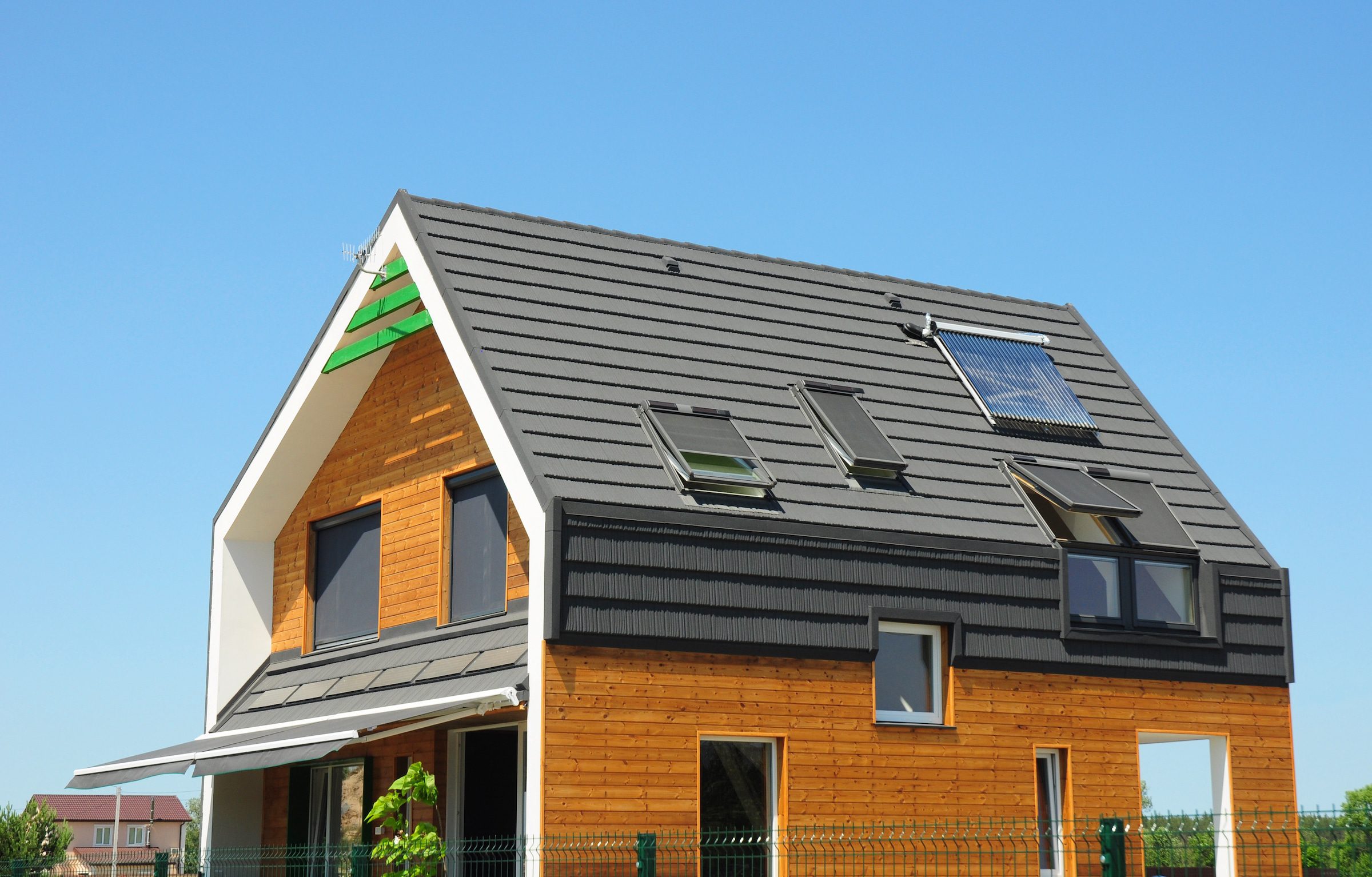
The international Passivhaus Standard helps create highly insulated buildings that are very energy efficient and contribute to low energy usage. At the same time, the Passivhaus Standard ensures buildings are also comfortable to live in, with clean and healthy internal environments. Windows and doors form part of these modern buildings.
Passivhaus homes usually have some set principles in their design. These are:
- Top level insulation throughout the building structure
- A construction thats airtight
- The best in high-performance windows and doors
- Reducing thermal-bridging
- Heat recovery and ventilation, fresh air in, stale air and pollutants out.
Anyone looking at new windows for their home will have some set criteria.
Windows are affected by light transmission, heat loss and solar gain. It is the specification of Passivhaus windows that looks to address these natural factors around any glazed element in a building. Ideally, a window will let in lots of natural light but prevent heat loss and allow the right amount of sun as well.
In most cases, triple glazed aluminium windows are available as Passivhaus windows but even better is choosing hybrid windows using aluminium outside and wood inside for even better performance.
How is a Passivhaus window Rated?
Solar gain is referred to as the g-value, compared to the heat loss, referred to as the U-Value. Therefore in arriving at a comfortable and energy-efficient Passivhaus Windows a balance is sought between the U-Value (heat loss) and g-value (heat gain).
For normal windows and doors, heat loss is one of the key factors around U-Values and Window Energy Ratings. A Passivhaus window looks at more than just heat loss through the glass and also takes into account the frame, the glass spacers and even how the window is fitted to the building structure.
What glass is used in a Passivhaus Window?
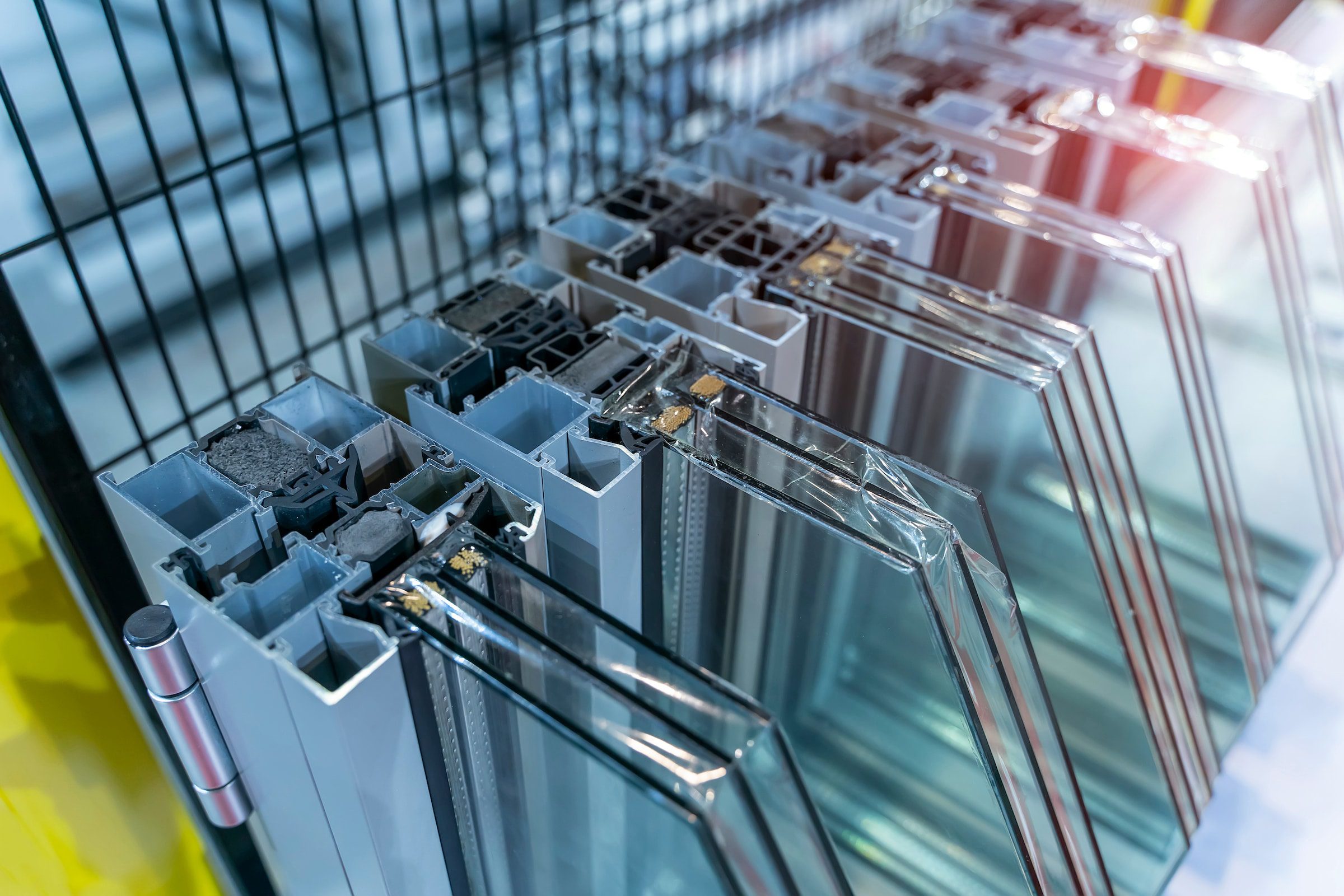
Most standard windows and doors rely on a glass centre pane U-Value of 1.2Wm2K. Passivhaus windows go lower with a typical glass U-value of 0.7 W/(m2.K).
In most cases Passivhaus windows feature triple glazing, Krypton or Argon gas, a Low-Emissivity coating and warm edge spacer bars.
Aluminium frames in Passivhaus Windows.
To certify a Passivhaus Window, the spacer bar used in the double glazed unit is actually calculated as part of the window frame instead of part of the glass. Aluminium window frames now feature the most advanced insulation as well as being narrower than before. This makes the glass the key performer in a window. Combined with the high thermal insulation, heat loss through a thermally insulated aluminium frame is now less than ever before.
Importantly, Passivhaus Windows now require a specific installation in Passivhaus suitable walls. Consideration is also given to areas of the window often ignored with normal windows. Heat loss through reveals, window cills and frame extensions must be taken into account to arrive at a certified Passivhaus Window.
The benefits of Passivhaus windows
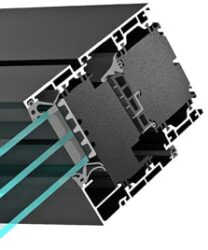
When taken as part of the local climate, building specification and overall project, Passivhaus windows are intended to:
- Minimise cold draughts (for which we often place radiators below windows).
- Keep the temperature consistent in a room.
- Strike a balance between heat loss and solar gain.
- Drastically reduce energy consumption of the entire dwelling.
- Ensure a condensation-free environment, still prevalent on modern double glazing.
- Reduce mould and sweating of window frames.
- Have a longer lifespan than other windows in buildings.
Are Passivhaus windows right for you?
You may not be building a property to a Passivhaus specification, but any well-insulated house can benefit from the excellent thermal performance provided by these windows. Available in aluminium or hybrid materials, these windows provide superb energy efficiency and interior comfort. They’re some of the best.
You won’t get the slim sightlines of some aluminium windows but buying these advanced window types is an investment in more luxurious windows and especially when choosing the versions using aluminium outside and wood inside.
Some aluminium systems companies provide high specification frames and glass to create the super low U-Values required in a Passivhaus Specification. There are other systems companies that set out to create specific Passivhaus windows. The Comar 10 Passivhaus window is one example of a latest generation aluminium window to meet Passivhaus standards.

